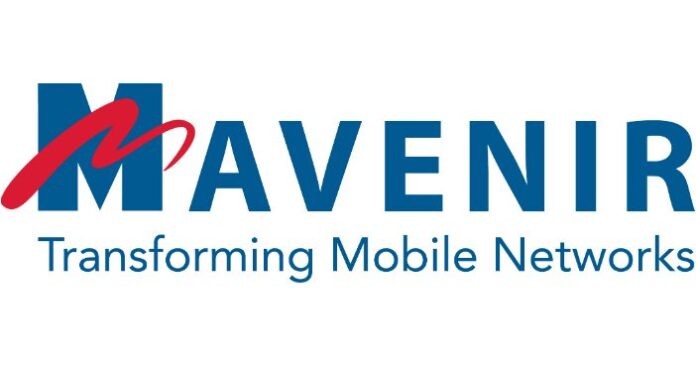A conversation with Mavenir Systems Inc. Chief Technology Officer Terry McCabe
Q: How has VoLTE shifted the way mobile operators conduct business? How has it changed their role as service providers?
TM: In today’s competitive mobile marketplace, it has become more crucial than ever for the traditional service providers to maintain and evolve their relevance to their customers. Mobile operators for some time have talked about not wanting to become relegated to the role of mobile broadband providers, while struggling to retain their role as ubiquitous communication service providers.
Now however with the technological underpinnings of VoLTE, or Voice over LTE, operators have the opportunity to separate the services they offer from the network technologies over which those services are accessed. Traditionally the access technology dictated the service offered, however IP technology enables the operator community to participate in the disaggregation of service and access (a direction previously trail-blazed by Internet services like Skype, Viber, Whatsapp etc.).
VoLTE is an inevitable technology evolution for the mobile operator community triggered by the all-IP nature of the LTE core networking technology. The deployment of VoLTE enables improved user experience for their customers while also creating the means to change their business model and innovate new services.
It helps to consider VoLTE as an inflection point where technology and underpinnings have been introduced that form the basis of a wide range of new services. With Mavenir’s portfolio of solutions, operators can enhance relationships and offer enriched services.
Q: How is WebRTC complementary to VoLTE?
TM: When you then factor in the emergence of WebRTC (Web Real-Time Communications) from the Internet standards community, operators have the opportunity to innovate further. With WebRTC they can treat any Web-connected endpoint as a communications endpoint, offering services not just to smartphone devices connected to their own access network.
This means any IP phone or device becomes an endpoint. This removes a lot of the boundaries that we have been used to.
As a technology, WebRTC can be seen as another access mechanism that can be extremely complementary to VoLTE, voice over Wi-Fi and rich communications. With WebRTC, if the person at the other end of that call doesn’t have a VoLTE device – say, they’re on a tablet or on a set-top box connected to a cable operator, a user can still make it work. VoLTE is that first step enabling operators – and users – to branch out to a whole new world of possibilities.
Q: How does Rich Communications Services (RCS) come into play in the Network of the Future?
TM: Beyond VoLTE, the underpinnings have been introduced for the deployment of Rich Communications Suite (RCS) services. Once seen as an enhanced messaging technology, Rich Communications combined with VoLTE enables content sharing and contextual communications to be added to the basic VoLTE scenarios. Users can send images and videos from within calls as well as location and contact detail information. A customer can turn what starts as a messaging conversation into a voice call and then into a video call as a conversation progresses. The boundaries have been removed. These types of new services and enhanced experiences are enabled by rich communications that prior to VoLTE was difficult to create a business case to support.
Q: Will the Network of the Future be fully virtualized and flexible – without boundaries?
TM: With Mavenir’s solutions, operators are no longer limited to delivering service to people connected over their own access network. They won’t be limited by geography or country. With Voice over Wi-Fi, they can deliver service to their customers connected to any Wi-Fi network, and with WebRTC, they can deliver service to web-connected devices over any network.
Operators in North America have taken the first step with the launch of basic VoLTE during 2014. As those operators become more comfortable with the maturity of the service rollout, we should see an expansion of calling experiences such as video calling and the introduction of new services and new ways of accessing those services.
Although operators today can offer improved call quality and faster call setup time, there isn’t any indication that there is a way they can directly monetize that. It’s not likely that they can charge customers directly for things they have come to expect. But when you start looking at services beyond VoLTE and introducing ideas such as second party pays and embedding communication services in websites, it allows the operator to be a provider of a wholesaling infrastructure to enterprises and other businesses. It also creates new revenue streams that had not traditionally been accessible to them by creating new business opportunities for operators.
As an enabling technology, virtualization shortens the implementation time for core new services. Ultimately, it enables the operator community to think and act at the speed of the Internet. Customers have changed expectations, driven by communications applications and social communities that introduce new features and capabilities on a monthly basis. With virtualization technologies available as the basis of service deployment and operation, operators can innovate rapidly so that they either can fail fast and move on or succeed quickly. The goal is to create something within a network that’s both reliable and dynamic, and makes users feel they have the benefits of Internet technologies with the security and privacy benefits possible in the telecommunications model.

